TED: Angela Belcher: Using nature to grow batteries - Angela Belcher (2011)
by: TEDTalks (video), 2011-04-27 15:09:00 UTC
Inspired by an abalone shell, Angela Belcher programs viruses to make elegant nanoscale structures that humans can use. Selecting for high-performing genes through directed evolution, she's produced viruses that can construct powerful new batteries, clean hydrogen fuels and record-breaking solar cells. At TEDxCaltech, she shows us how it's done.
 TEDTalks : Mike Matas: A next-generation digital book - Mike Matas (2011)
TEDTalks : Mike Matas: A next-generation digital book - Mike Matas (2011)
by: TEDTalks (video), 2011-04-28 14:34:00 UTC
Software developer Mike Matas demos the first full-length interactive book for the iPad -- with clever, swipeable video and graphics and some very cool data visualizations to play with. The book is "Our Choice," Al Gore's sequel to "An Inconvenient Truth."
 Victorian Food Supply Scenarios Report Released
Victorian Food Supply Scenarios Report Released
by: VEIL - Victorian Eco Innovation Lab, 2011-04-04 10:29:15 UTC
This Australian-first research has built an evidence base for examining how cumulative changes in complex modern food systems can impact on the fruit, vegetables, meat, grains and milk that ends up on our tables. Rapid climate change and concerted efforts to reduce greenhouse gas emissions have been assumed in all scenarios.
In the project, we created and projected three possible food supply scenarios to 2060, factoring in exports, imports, climate change, food production practices, fuel and water use, waste, environmental awareness, population growth and economic growth.
The three scenarios examined in the project are:
Adjustment - Production of food is focused on getting the highest return, with land preservation a low priority. Food is more likely to be exported for top dollar than reserved for locals. If we don‟t produce enough, food is imported from wherever in the world it can be efficiently and cheaply produced.
Control - Allocation of land and resources is nationally monitored and carefully managed by governments to seek food and energy security from domestic supplies.
Do it Yourself - Food production and distribution relies on a series of networks, with greater interaction between consumers and producers, increasing diversity of products and social pride in "local food‟. Innovation and experimentation are encouraged. Great environmental awareness and rapid greenhouse gas emissions reduction.
The full report and a shorter summary version are available for download below.
Sustainable Design Thinking @AIGA Wisconsin!
by: FEED STOP, 2011-04-17 13:00:00 UTC
I had the distinct pleasure this past Thursday (April 14, 2011) to speak at the AIGA Wisconsin's "Sustainable Design Thinking" event. Modern's Species' Gage Mitchell (also one of our Greener Studios) was the facilitator for me getting up to Madison from Champaign, IL. Gage and his wife Jennifer, and Brittany Barry were amazing hosts and I look forward to collaborating with them again on future events with AIGA Wisconsin.
"Sustainable Design Thinking" kicked off with a 30-minute talk by yours truly but also importantly featured speakers from Mohawk Paper and Design Concepts, who together created an atmosphere of great discussion (which [...]
TEDTalks : Angela Belcher: Using nature to grow batteries - Angela Belcher (2011)
by: TEDTalks (video), 2011-04-27 15:09:00 UTC
Inspired by an abalone shell, Angela Belcher programs viruses to make elegant nanoscale structures that humans can use. Selecting for high-performing genes through directed evolution, she's produced viruses that can construct powerful new batteries, clean hydrogen fuels and record-breaking solar cells. At TEDxCaltech, she shows us how it's done.
 TEDTalks : Arvind Gupta: Turning trash into toys for learning - Arvind Gupta (2010)
TEDTalks : Arvind Gupta: Turning trash into toys for learning - Arvind Gupta (2010)
by: TEDTalks (video), 2011-04-29 14:51:00 UTC
At the INK Conference, Arvind Gupta shares simple yet stunning plans for turning trash into seriously entertaining, well-designed toys that kids can build themselves -- while learning basic principles of science and design.
 Dynamic Life: Matali Crasset's Transforming, Touch-Pad Controlled Sofa
Dynamic Life: Matali Crasset's Transforming, Touch-Pad Controlled Sofa
by: Co.Design, 2011-04-29 13:36:12 UTC
Sometimes a sofa is just a sofa, not a "new domestic typology," as the press release from
Campeggi for Matali Crasset's new furniture collection non-explains. But in the hands of
this French design star, "just a sofa" is pretty stunning: using a built-in touch pad, the pillows on this futuristic piece of furniture unfurl like the fingers on an open palm, creating a bed, chaise longue, or anything else you can think up.
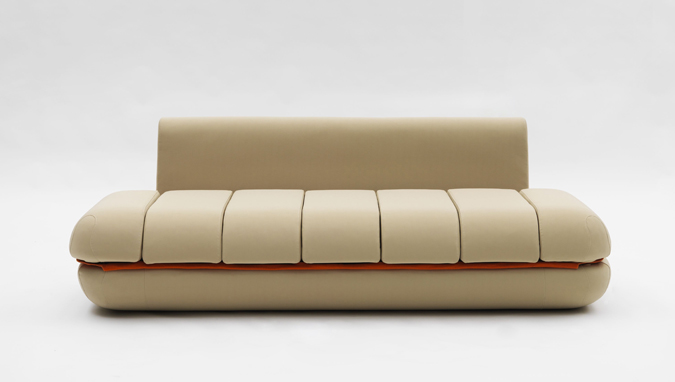
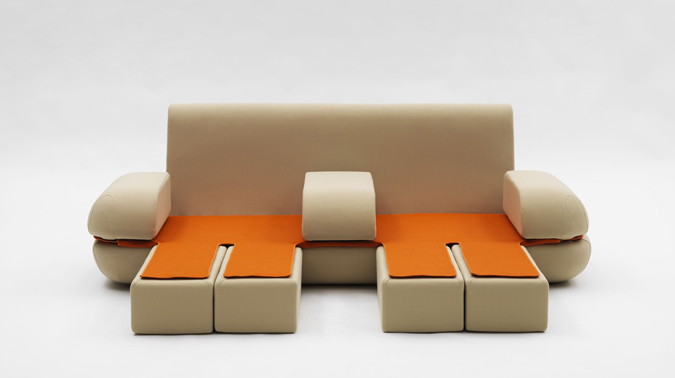
The sofa may look like a life-sized version of a
LaCie Rugged hard drive, but that's almost appropriate, given how flexible and app-like Dynamic Life's various configurations are. Crasset's design statement says (I'm paraphrasing because of the poor translation) that as touch pads become commonplace, formerly passive objects (like furniture) can become active without losing their original purpose -- in this case, being comfy as hell. Traditional sofas "gradually turned bourgeois... tak[ing] a lot of space [but] giving back little service." Dynamic Life earns its keep in your living room by offering multi-purpose comfort with effortless ease. Plus, it'll make for great cocktail party demos: "Ooh, make it transform again!"
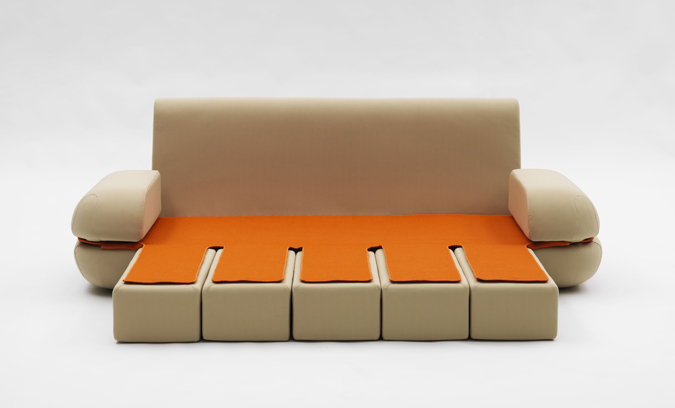
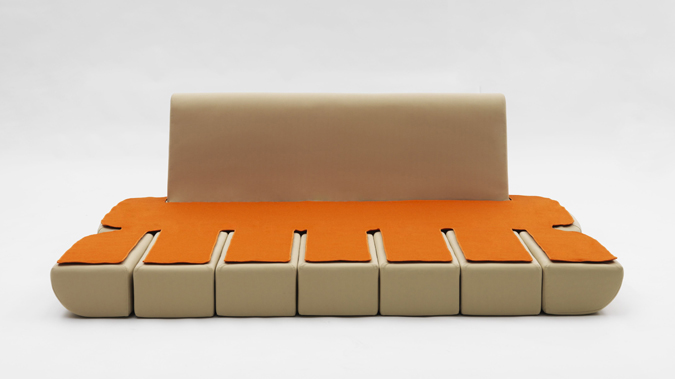
[Photos by Ezio Prandini]
MHI Develops Technology to Produce Bioethanol from Rice Straw
by: Tech-On! : tech news - straight from Asia., 2011-04-22 07:24:00 UTC
Mitsubishi Heavy Industries Ltd (MHI) developed a technology to produce bioethanol for auto fuel from soft cellulose such as rice straw.
Toshiba Develops Low-power Wireless LAN Baseband Chip
by: Tech-On! : tech news - straight from Asia., 2011-04-26 16:08:00 UTC
Toshiba Corp developed a wireless LAN baseband processor for IEEE802.11a/b/g/n. Its power consumption in the deep sleep mode is 7 microwatts, which is 99% less than the company's existing product.
What goes around comes around: Recycling and climate change
by: Euractive, 2011-04-26 13:39:06 UTC
Recycling has become a central part of the EU's climate change strategy by helping the bloc to tackle the nearly three billion tonnes of waste produced by Europe annually, much of which enters the atmosphere in the form of CO2 and methane emissions from landfill sites and incineration plants.
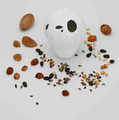
Comments by our Users
Be the first to write a comment for this item.